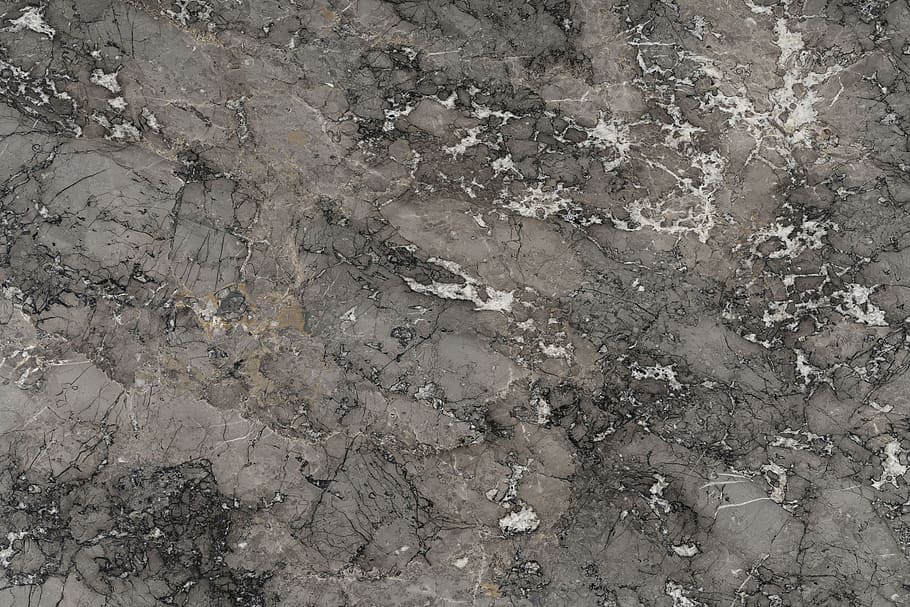Types of Building Stones: A Comprehensive Guide
Building stones have been an essential part of construction for centuries, offering durability, aesthetic appeal, and structural integrity. Different types of stones are used in construction based on their properties, applications, and availability. In this article, we will explore the various types of building stones, their characteristics, applications, and factors to consider when selecting the right stone for your project.

1. Classification of Building Stones
Building stones are broadly classified into three major categories based on their geological formation:
- Igneous Stones
- Sedimentary Stones
- Metamorphic Stones
2. Igneous Stones
Igneous stones are formed from the solidification of molten magma beneath the Earth’s surface. These stones are known for their strength and durability.
Common Types of Igneous Stones:
Granite
- Properties: High compressive strength, resistance to weathering, low porosity.
- Applications: Countertops, flooring, monuments, and exterior cladding.
- Advantages: Durable, scratch-resistant, and available in various colors.
Basalt
- Properties: High strength, excellent load-bearing capacity, and durability.
- Applications: Road construction, rail ballast, and foundation works.
- Advantages: Strong, weather-resistant, and cost-effective.
3. Sedimentary Stones
Sedimentary stones are formed by the deposition of minerals and organic materials over millions of years. These stones are generally softer compared to igneous stones.
Common Types of Sedimentary Stones:
Limestone
- Properties: High workability, aesthetic appeal, and good insulating properties.
- Applications: Facades, flooring, and interior decorations.
- Advantages: Elegant appearance, versatile, and easy to carve.
Sandstone
- Properties: High porosity, natural texture, and moderate strength.
- Applications: Pavements, garden walls, and decorative elements.
- Advantages: Weather-resistant, slip-resistant, and available in various colors.
Travertine
- Properties: Porous, unique texture, and available in warm tones.
- Applications: Wall cladding, pool decks, and countertops.
- Advantages: Aesthetic appeal, easy maintenance, and lightweight.
4. Metamorphic Stones
Metamorphic stones are formed due to the transformation of existing rocks under high temperature and pressure conditions, resulting in increased hardness and durability.
Common Types of Metamorphic Stones:
Marble
- Properties: Smooth texture, high aesthetic appeal, and medium hardness.
- Applications: Flooring, sculptures, and interior walls.
- Advantages: Luxurious appearance, heat-resistant, and easy to polish.
Slate
- Properties: High durability, resistance to weathering, and fine-grained texture.
- Applications: Roofing, flooring, and wall cladding.
- Advantages: Fire-resistant, waterproof, and available in various colors.
Quartzite
- Properties: Extremely hard, low porosity, and high resistance to abrasion.
- Applications: Kitchen countertops, wall cladding, and flooring.
- Advantages: Durable, non-porous, and resistant to stains.
5. Factors to Consider When Choosing Building Stones
Selecting the right building stone requires considering several factors to ensure the longevity and aesthetics of the project. Key factors include:
- Strength: The stone should have high compressive and tensile strength.
- Durability: Resistance to weathering, erosion, and wear.
- Porosity: Lower porosity reduces water absorption and increases lifespan.
- Aesthetic Appeal: Color, texture, and finish should align with design preferences.
- Maintenance: Some stones require regular sealing and polishing.
- Cost: Consideration of both initial cost and long-term maintenance.

6. Applications of Building Stones
Building stones are used in a variety of applications, including:
- Residential Construction: Flooring, walls, and countertops.
- Commercial Buildings: Cladding, facades, and landscaping.
- Monuments and Sculptures: Granite and marble are widely used.
- Infrastructure Projects: Bridges, roads, and retaining walls.
- Garden Landscaping: Pathways, fountains, and decorative features.
7. Sustainable Use of Building Stones
With the growing emphasis on sustainable construction practices, the use of natural stones should focus on environmentally friendly methods such as:
- Recycling: Reusing stone waste in landscaping and road construction.
- Ethical Sourcing: Choosing stones from quarries with sustainable practices.
- Energy Efficiency: Selecting stones with natural insulating properties.
8. Conclusion
Building stones remain an integral part of construction due to their strength, beauty, and longevity. Whether you are looking for the elegance of marble, the ruggedness of granite, or the versatility of limestone, selecting the right stone can significantly impact the success of your project. Understanding the types, properties, and applications of building stones ensures informed decision-making and enhances the durability of your structures.
For more information on selecting the right building stones, feel free to consult with professionals in the field or visit our website for expert advice.